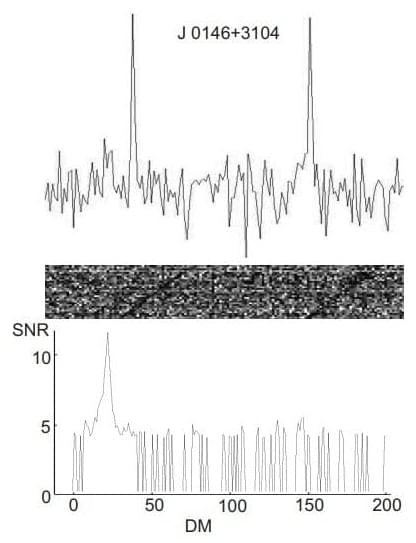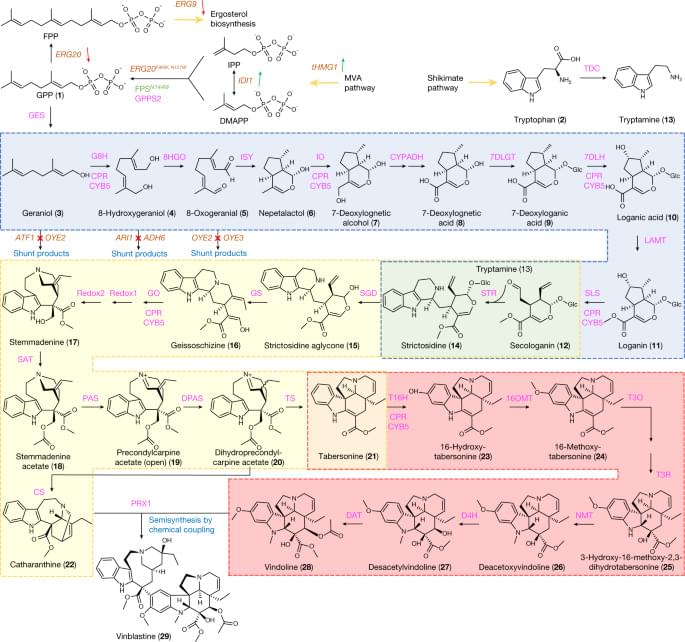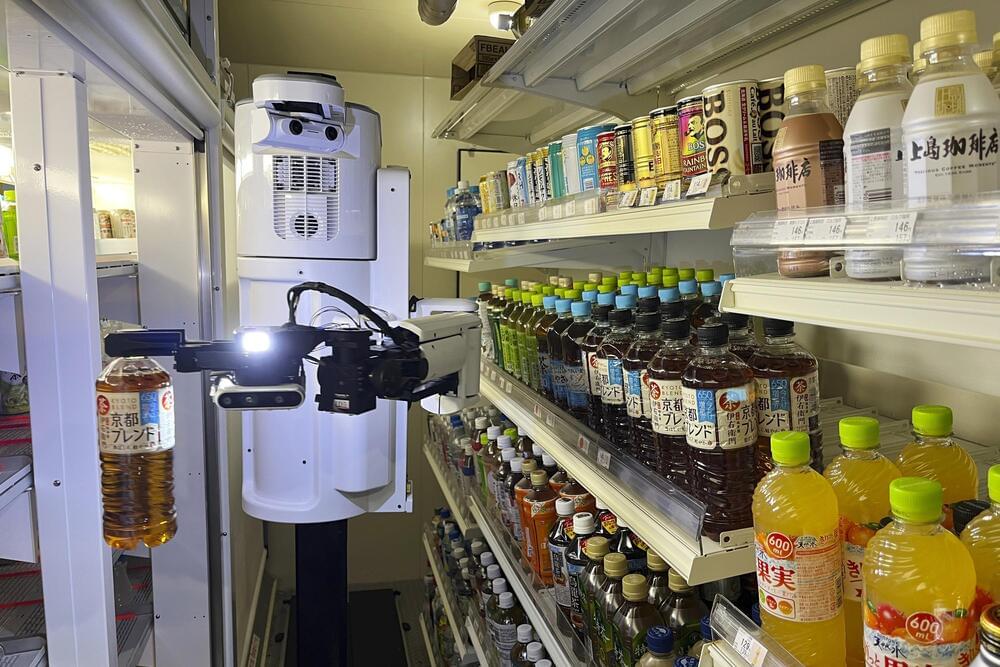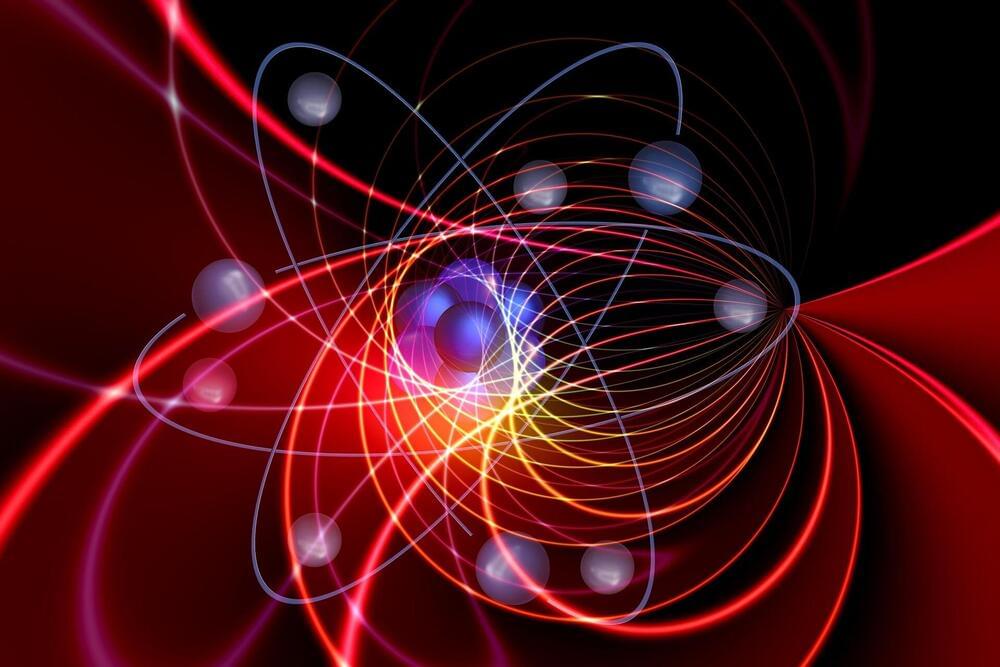Using the Large Phased Array (LPA) radio telescope of Pushchino Radio Astronomy Observatory (PRAO) in Russia, astronomers have detected seven new pulsars and determined their basic parameters. The finding is reported in a paper published August 18 on the arXiv pre-print repository.
Pulsars are highly magnetized, rotating neutron stars emitting a beam of electromagnetic radiation. They are usually detected in the form of short bursts of radio emission; however, some of them are also observed via optical, X-ray and gamma-ray telescopes.
Now, a group of Russian astronomers led by PRAO’s Sergey Tyul’bashev reports the detection of seven new pulsars. The discovery was made with LPA as part of a daily sky survey conducted in a test mode, covering a full day in right ascension and 50 degrees in declination. The new pulsars were detected at a frequency of 111 MHz.


















